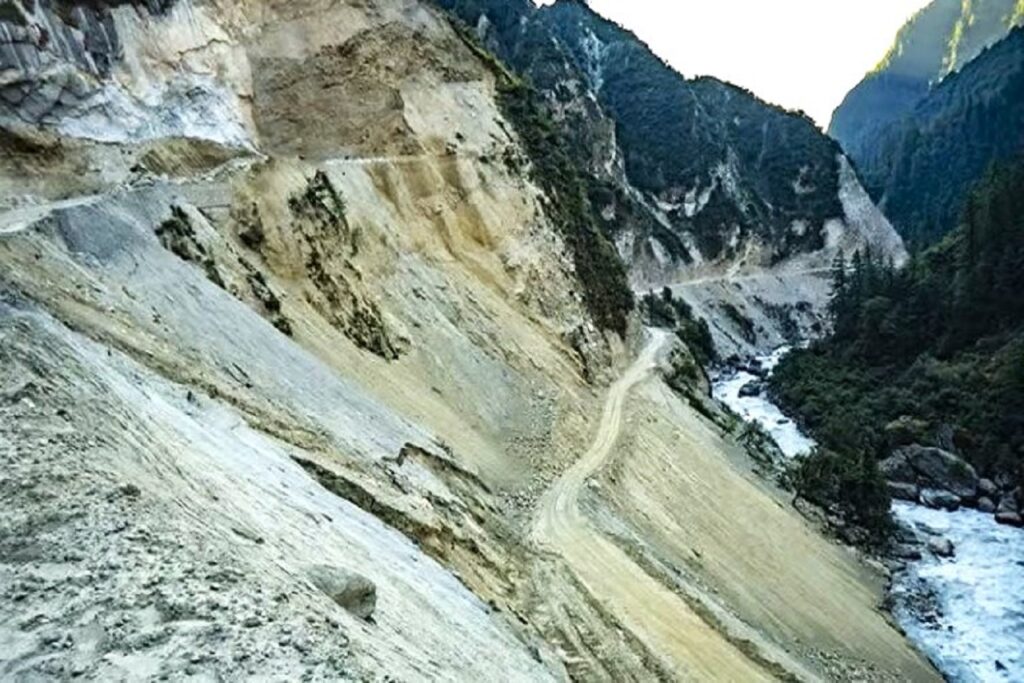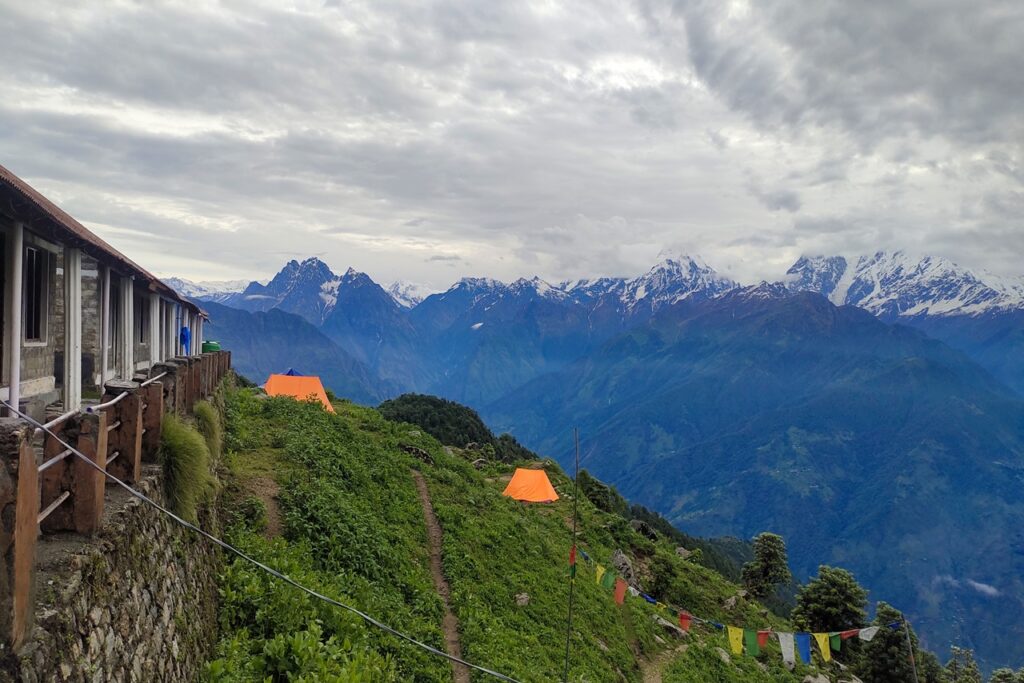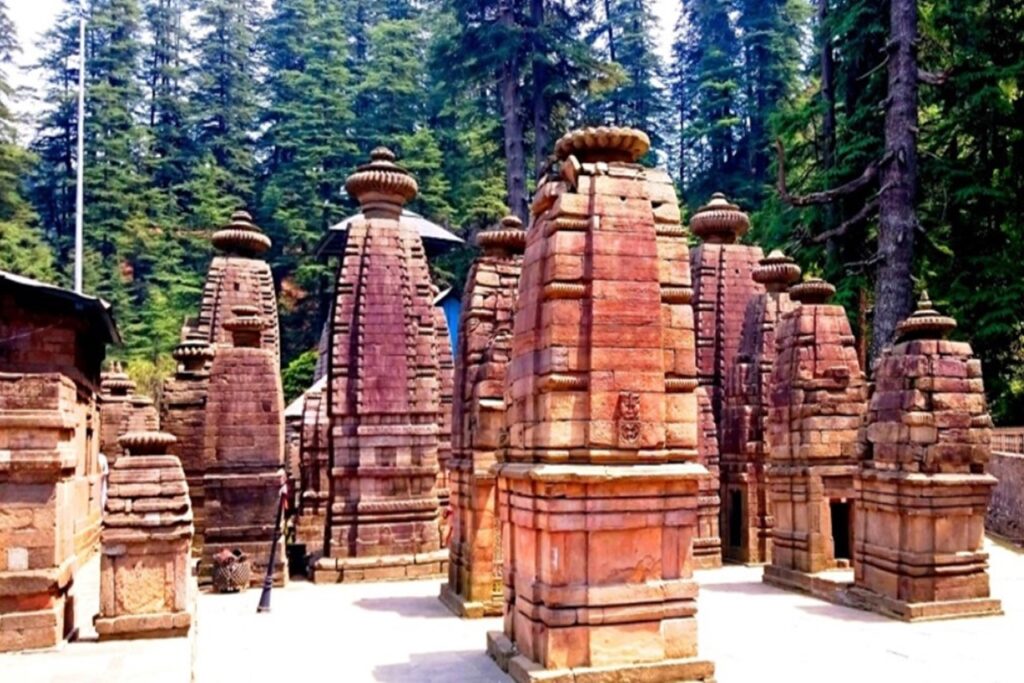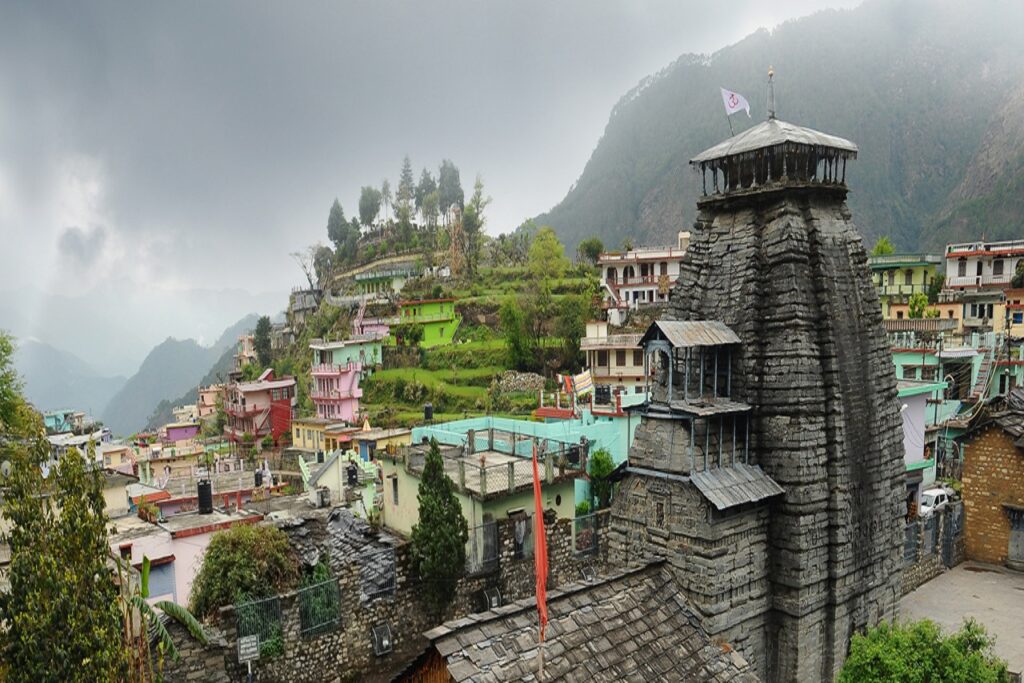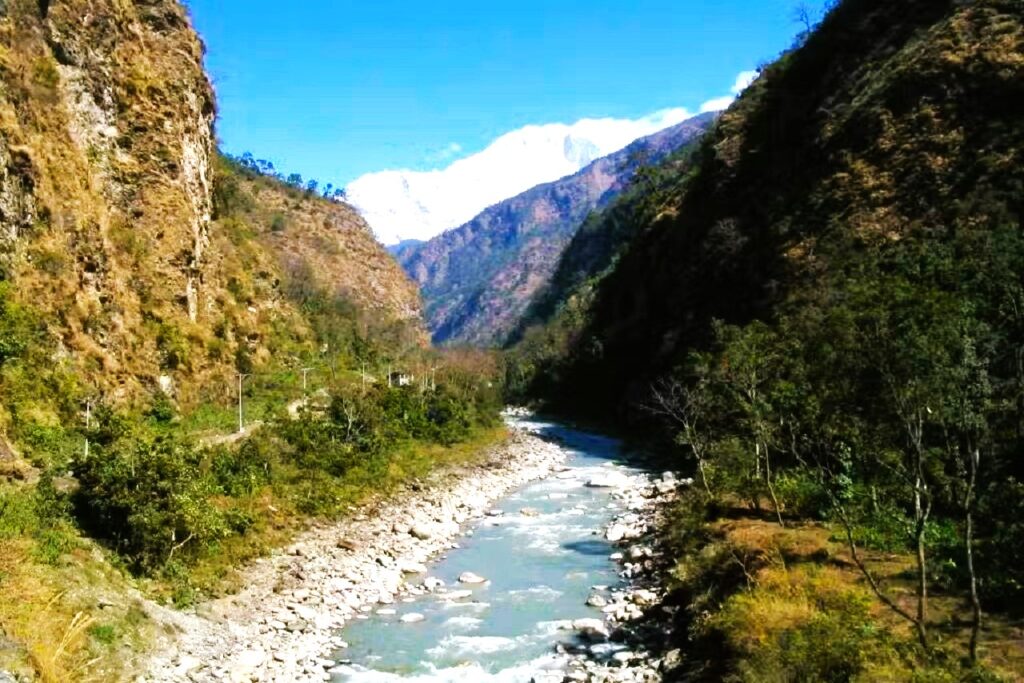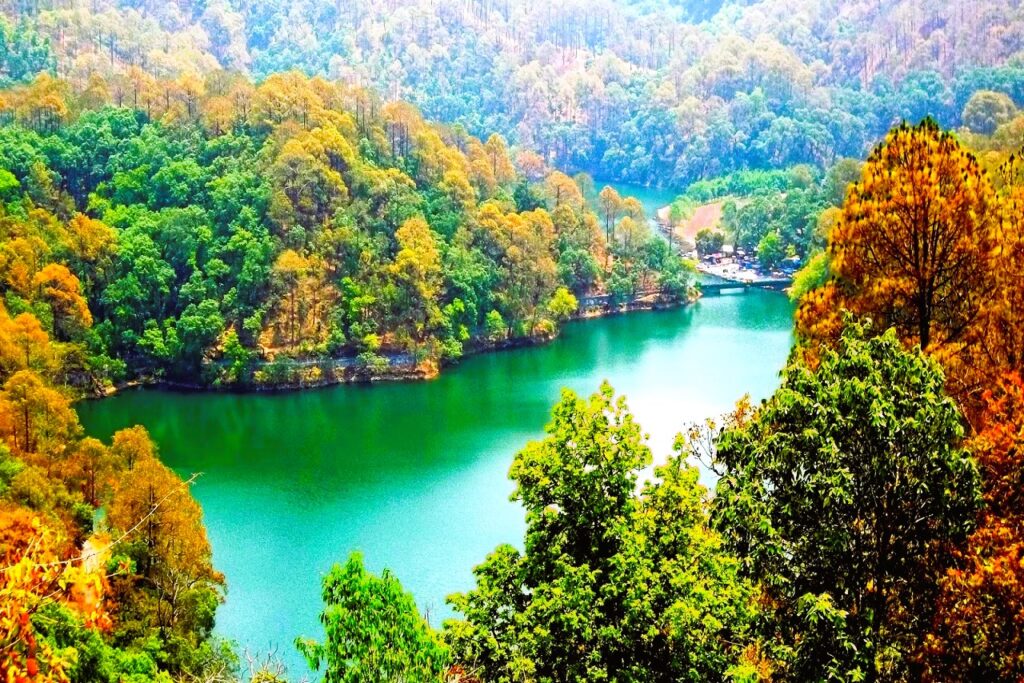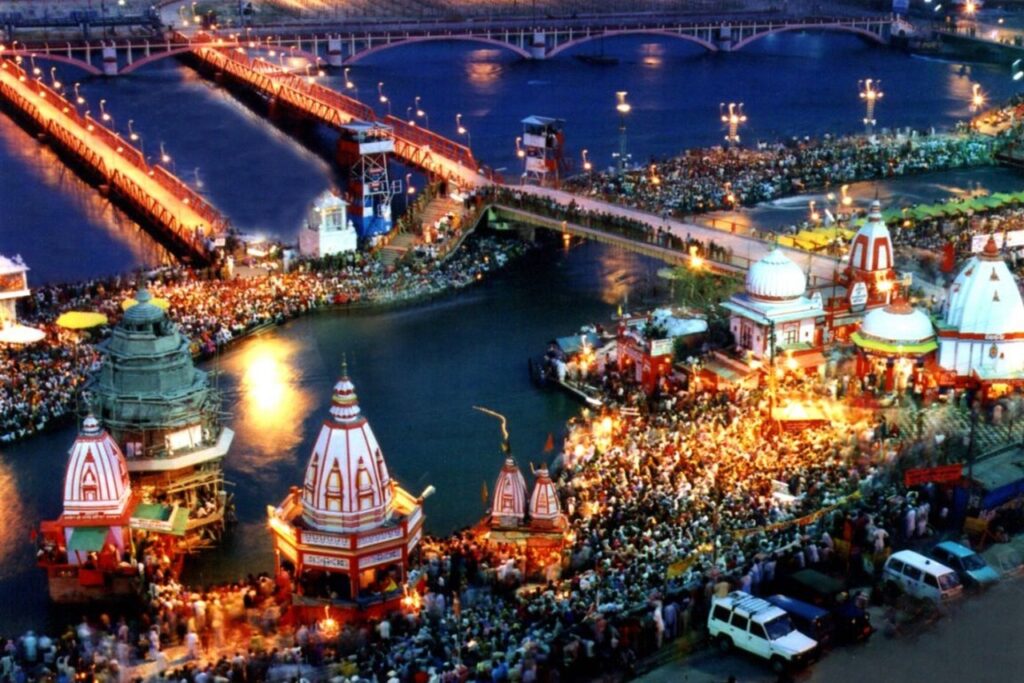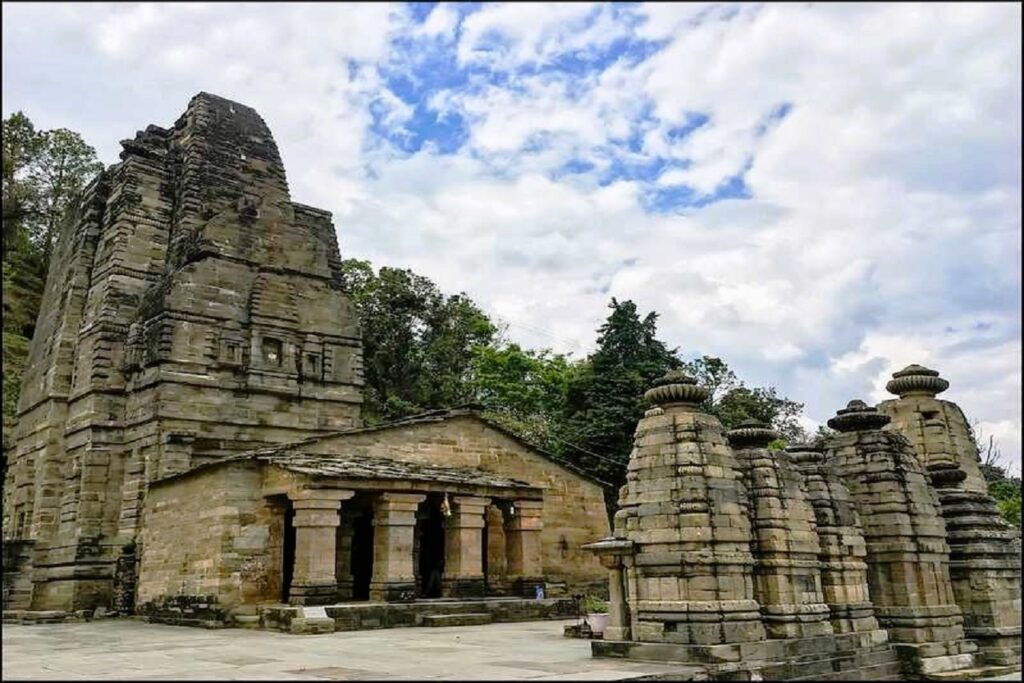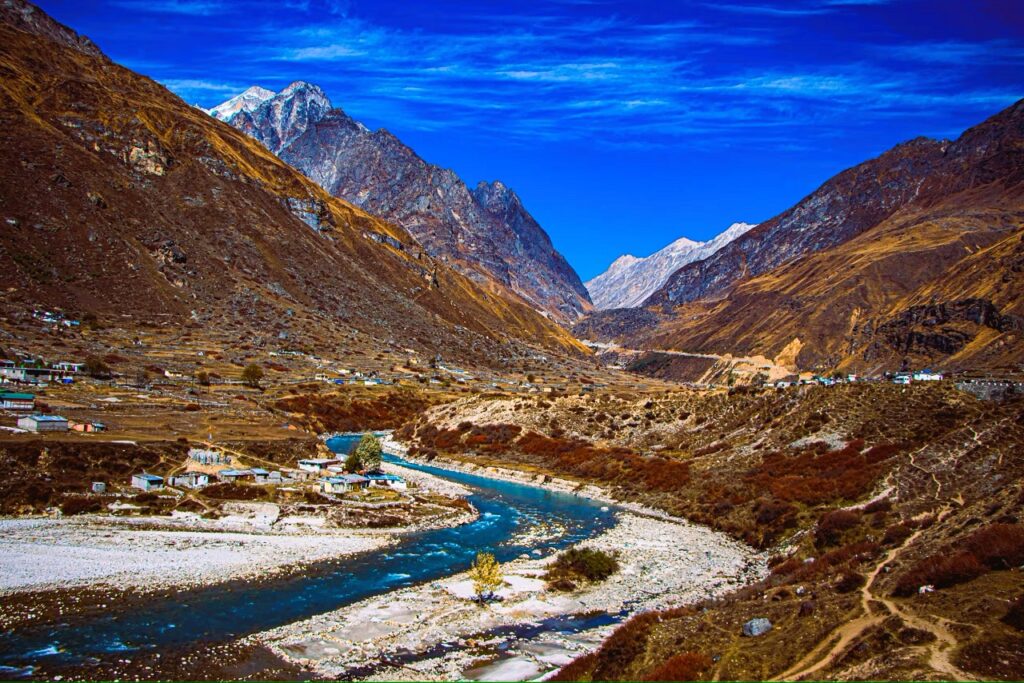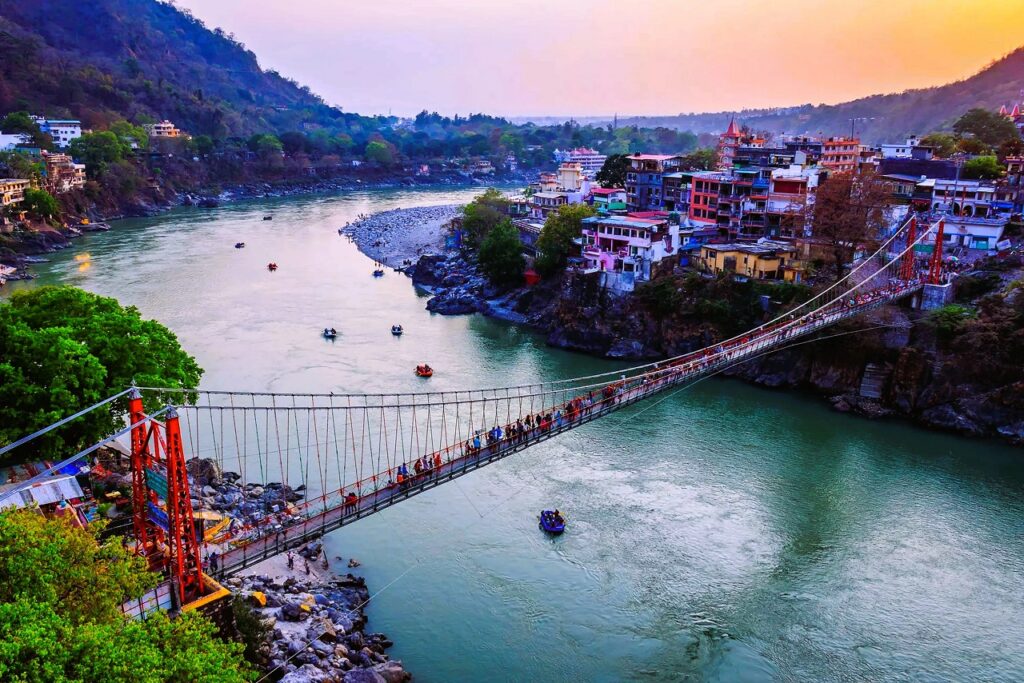
Kedarnath is located in the Rudraprayag district in the state of Uttarakhand, India. It is situated in the Himalayas at an elevation of 3,583 meters (11,755 feet) above sea level. The town is renowned for its historical and religious significance, primarily due to the Kedarnath Temple.
Ancient Origins:
The origins of Kedarnath can be traced back to Hindu mythology and the Mahabharata. Legend has it that after the Kurukshetra War, the Pandavas sought the blessings of Lord Shiva to absolve themselves of the sins committed during the war. Lord Shiva eluded them, and in the form of a bull, he dived into the ground, leaving behind his hump. The hump is believed to have emerged at Kedarnath, thus marking the spot as one of the holiest shrines dedicated to Lord Shiva.
The Kedarnath Temple:
The Kedarnath Temple is one of the twelve Jyotirlingas, which are sacred shrines dedicated to Lord Shiva. It is believed to have been built by Adi Shankaracharya in the 8th century and is a significant pilgrimage site for Hindus. The temple is surrounded by stunning snow-capped peaks and is located near the Mandakini River.
Pilgrimage and Penance:
Kedarnath has been a revered pilgrimage site for centuries, attracting devotees and ascetics in search of spiritual enlightenment. The journey to Kedarnath is not merely a physical one; it is a spiritual odyssey through rugged terrain and breathtaking landscapes. Pilgrims undertake the arduous trek, often facing challenging weather conditions, to reach the temple and attain spiritual fulfillment.
Panch Kedar and Beyond:
Kedarnath is part of the Panch Kedar pilgrimage circuit, which includes four other shrines dedicated to Lord Shiva. Each of these temples holds its significance, and together they form a sacred journey for the devout.
Challenges and Resilience:
The region around Kedarnath is prone to harsh weather conditions, including heavy snowfall and landslides. In 2013, the area faced a devastating flash flood that caused widespread destruction. The Kedarnath Temple, though partially damaged, stood resilient, becoming a symbol of hope and faith. Reconstruction efforts have since restored the temple to its former glory.
Cultural Significance:
Apart from its religious importance, Kedarnath is a melting pot of diverse cultures. Pilgrims from different corners of the country and the world come together to partake in the spiritual ambiance, fostering a sense of unity and cultural exchange.
Kedarnath is also a part of the Char Dham Yatra, a pilgrimage circuit that includes three other holy sites: Badrinath, Gangotri, and Yamunotri. Pilgrims visit these sites as part of a sacred journey to seek spiritual blessings.

